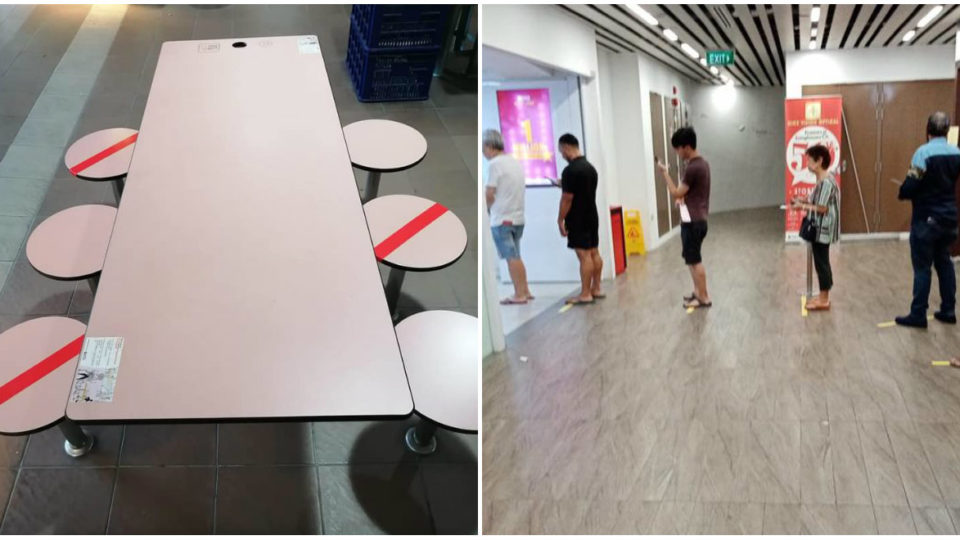Photos of Singaporeans staying at arm’s length from each other in public places have filled the Internet as the country steps up social-distancing measures to slow down the spread of COVID-19, which has now killed two.
Since F&B and retail establishments were advised to ensure customers do not cluster too closely, places from hawker centers to supermarkets have staggered seats to ensure a distance of at least 1 meter between tables and marked queue areas to separate shoppers.
Singapore has reported 455 coronavirus cases as of this morning following a weekend that saw its first two deaths. The measures are intended to “limit large crowds gathering in close proximity over a prolonged duration,” according to the Health Ministry.
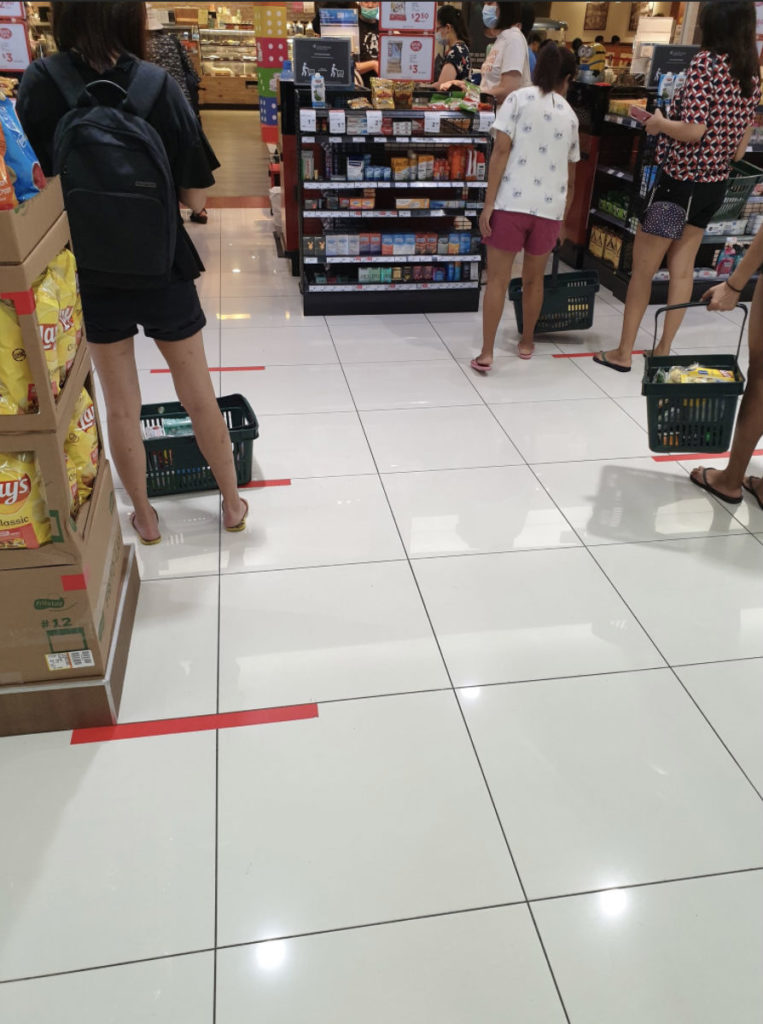
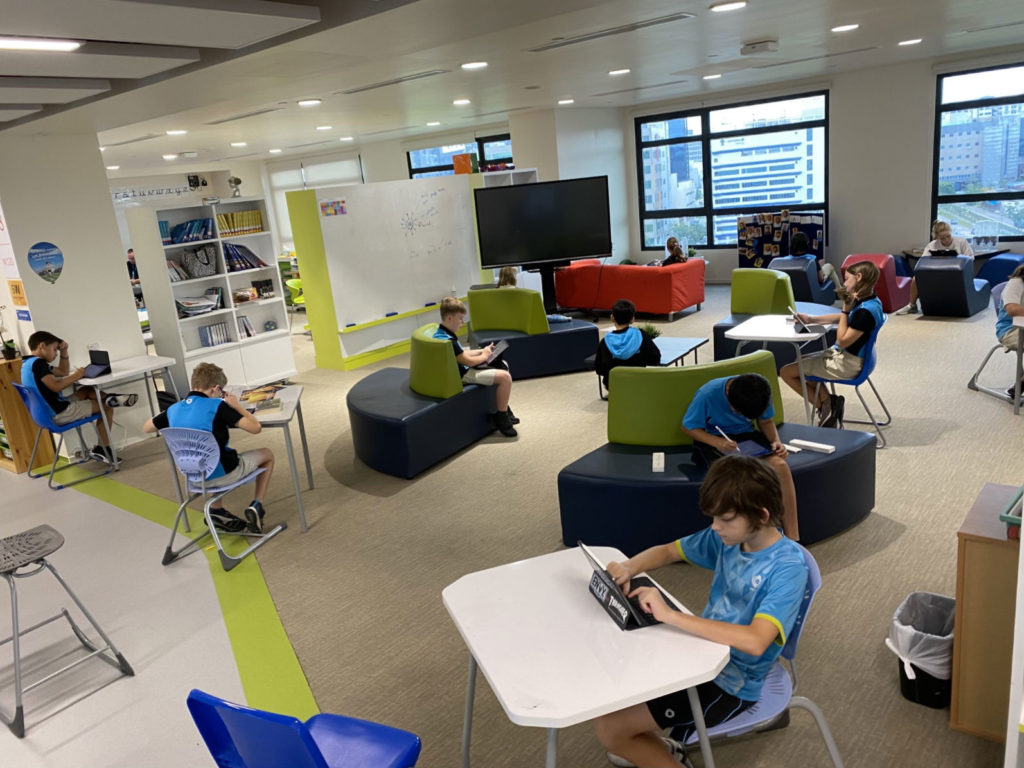
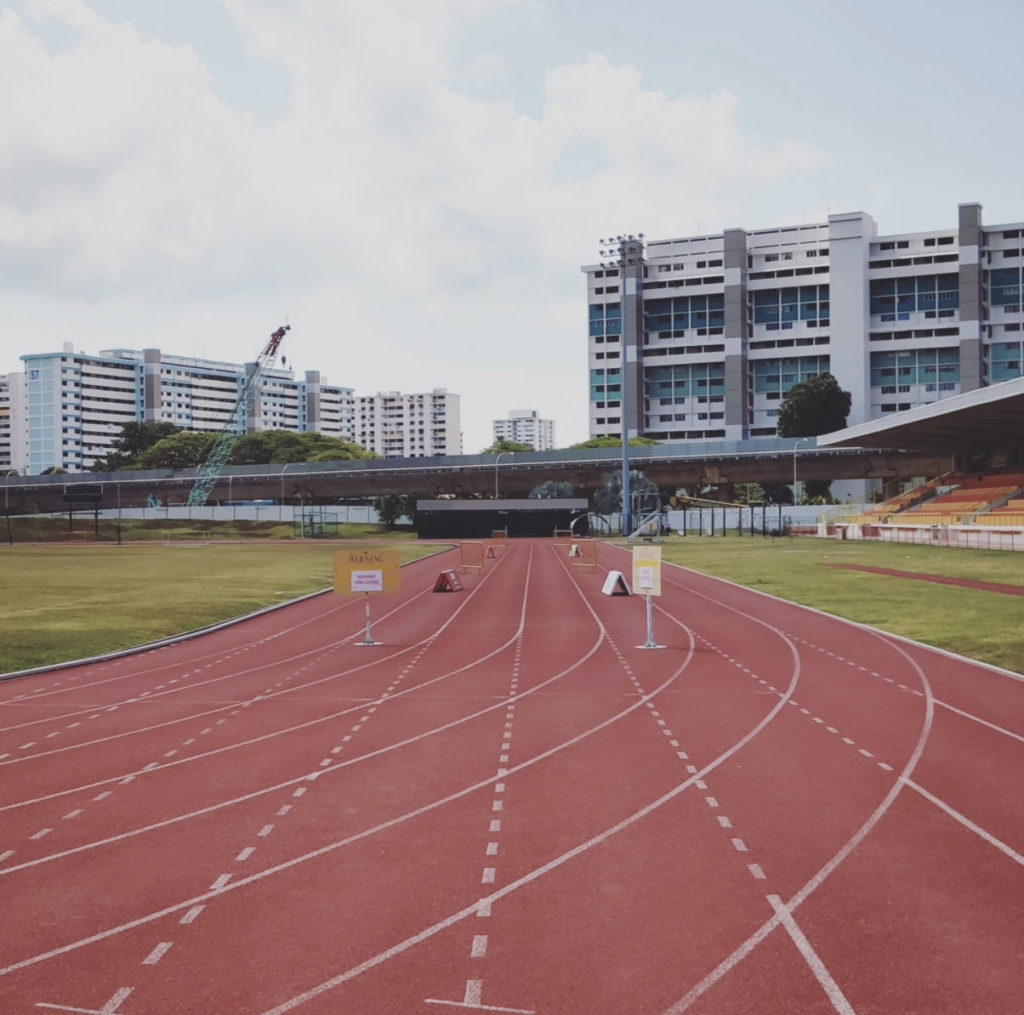
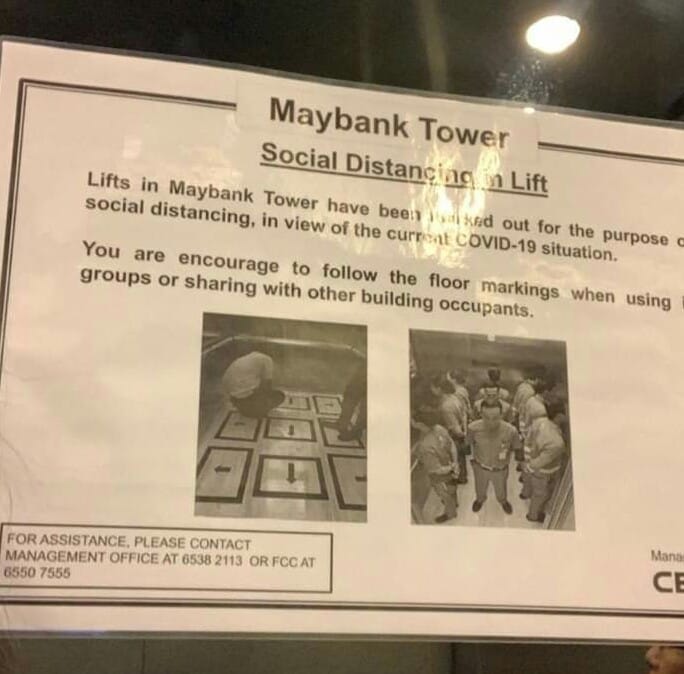
Social distancing has been spotted almost everywhere in Singapore, including schools, shopping malls, food courts, movie theatres, community centers, hotels, and even stadiums and lifts. It hasn’t been visible on public transportation such as the trains and buses thousands board daily to commute across the island.
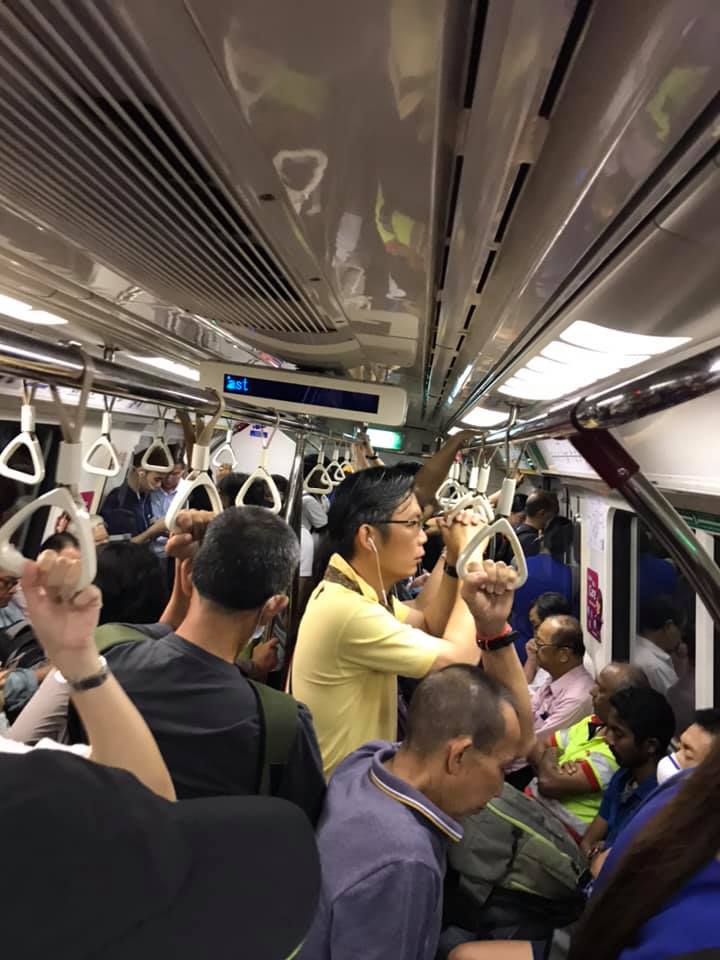
Several people have taken to social media to ask why no measures have been implemented there.
“Where is the social distancing ?? This train is a hotbed for the next Covid 19 cluster. Maybe more frequent train may thin out the crowd?” train commuter Vijay Mad wrote to the SMRT public transport operator’s Facebook page this morning. He included photos of a packed train cabin.
Photo and video by commuter Ibrahim FJ on Facebook today showed SMRT staff beginning to mark spots this morning, but only at the stations.
“Saw this while I was on my way to work. Public spaces have been demarcated to allow the public to practise social distancing. One step at a time, I believe that commuters too will need to practise Social Distancing while commuting public transport,” he wrote.
Related:
Two die of coronavirus in Singapore
Singapore bars entry and transit of short-term visitors amid global spread of coronavirus
Singaporean volunteers help Malaysians sleeping rough during lockdown
Here are the Singaporeans hurting the most in the virus-ravaged economy
